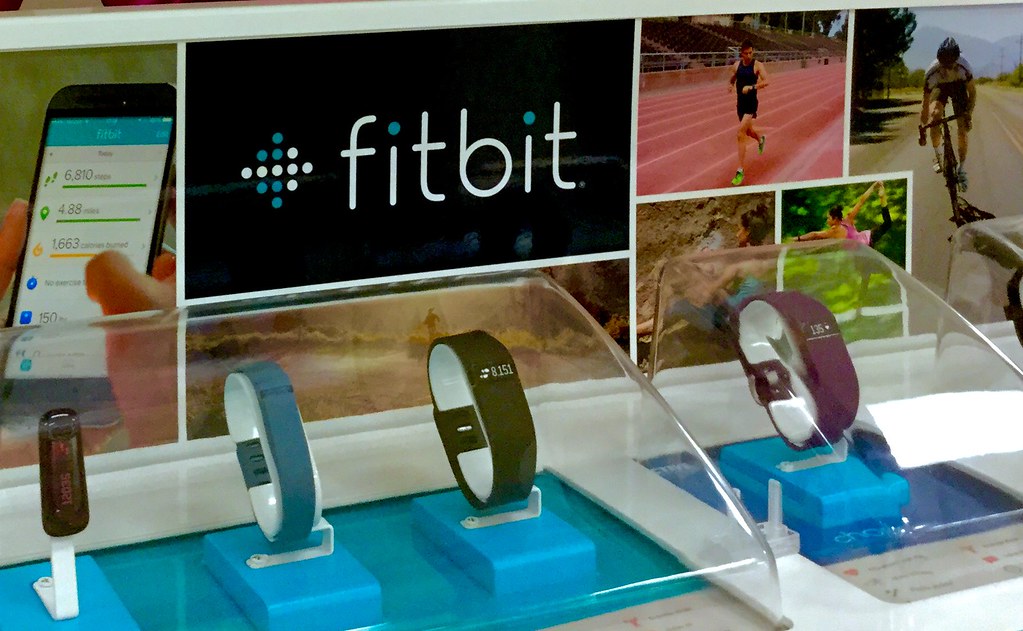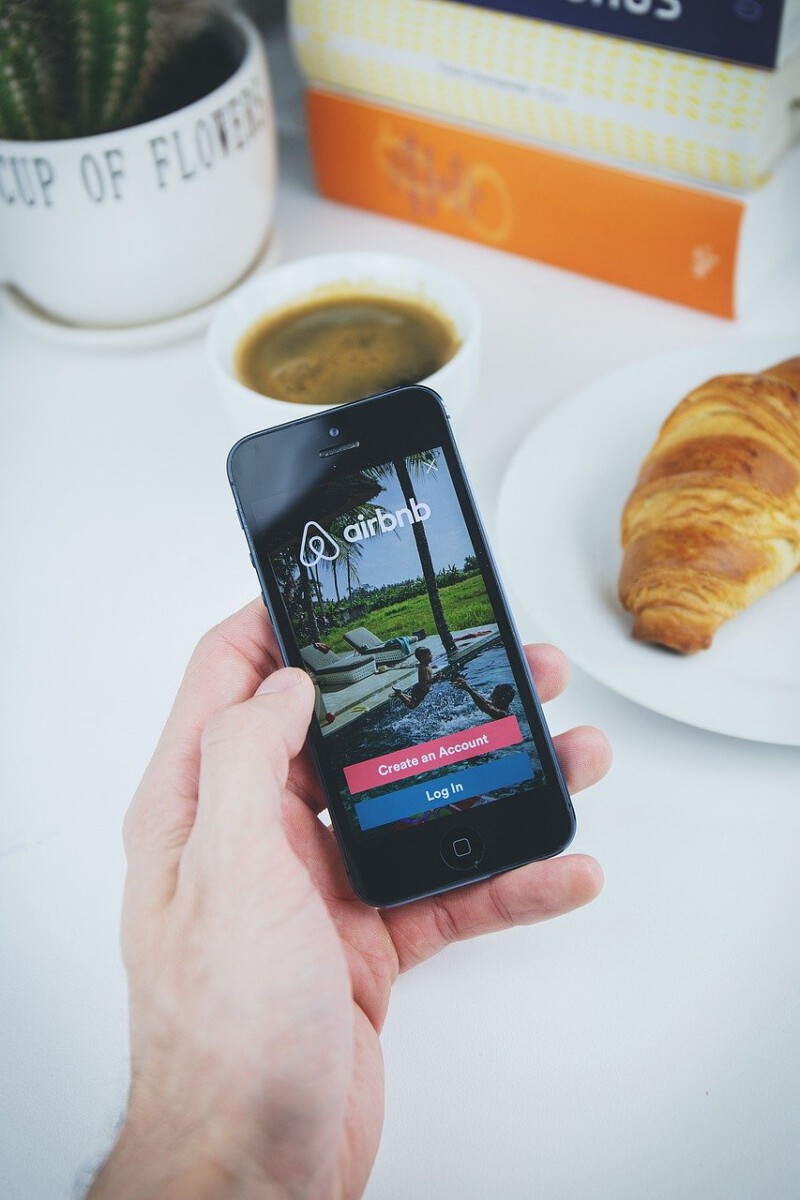Apple’s Hidden AirTag Feature for Pet Owners

Most people know AirTags as simple tracking devices, but over 50 brands worldwide offer products that are compatible with HomeKit and your Apple devices through specialized pet accessories. Apple quietly partnered with California-based pet tech companies to create veterinary-grade AirTag collars with built-in health monitoring sensors. These collars can track your pet’s location while simultaneously monitoring heart rate, activity levels, and even detecting early signs of illness. The feature works through Apple’s Health app integration, sending alerts to your iPhone when your pet’s vital signs show concerning patterns. What makes this California’s best-kept secret is that Apple never officially announced this partnership, yet thousands of pet owners in Silicon Valley have been using these enhanced tracking collars since late 2023.
Tesla’s Secret Mobile Connector Upgrade

The official Tesla Shop purchases Wall Connectors, chargers, adapters, vehicle accessories and Tesla branded merchandise, but Tesla’s most ingenious gadget isn’t sold through their main store. Hidden within their vehicle accessories section is the “Universal Mobile Connector 2.0” – a palm-sized device that can charge any electric vehicle, not just Teslas. This California-engineered marvel uses proprietary heat-dissipation technology developed in Tesla’s Fremont factory, allowing it to deliver 40% faster charging than standard universal chargers. The connector automatically adjusts power delivery based on the vehicle’s battery chemistry and temperature, preventing damage that often occurs with third-party chargers. Tesla store for vehicle accessories made exclusively for your car technically includes this device, though it’s buried so deep in their catalog that most Tesla owners don’t even know it exists.
Fitbit’s Final Secret: The Discontinued Luxe Pro

Before Google picked up the OG fitness tracker maker back in 2021 and has slowly chipped away at everything that makes Fitbit Fitbit ever since, the company developed a secret premium version of the Fitbit Luxe called the “Luxe Pro.” This California-designed device featured electrodermal activity sensors that could detect stress levels through skin conductance, plus a blood oxygen monitor that was 30% more accurate than the Apple Watch. Only 5,000 units were ever manufactured at Fitbit’s San Francisco headquarters before Google’s acquisition halted production. Google plans to kill off both of Fitbit’s popular smartwatch lines, the Versa and Sense, suggesting that folks with an interest in a potential Versa 5 or Sense 3 instead consider the new Pixel Watch 3, making the Luxe Pro an increasingly valuable collector’s item that sells for over $800 on secondary markets.
Sonos’s Invisible Home Theater System

The specific products listed in customs rulings are the original Apple Watch; Fitbit’s Charge, Charge HR and Surge models; and Sonos’s Play:3, Play:5 and SUB speakers represent just the tip of Sonos’s innovation iceberg. The Santa Barbara-based company has been secretly developing “ghost speakers” – ultra-thin speakers that can be installed behind drywall and painted over, creating completely invisible surround sound systems. These speakers use bone conduction technology similar to hearing aids, vibrating wall studs to create immersive audio throughout entire rooms. Installation requires no visible hardware, cables, or mounting brackets. The system connects wirelessly to your existing Sonos setup and can be controlled through subtle hand gestures detected by hidden motion sensors. Home theater enthusiasts in Malibu and Beverly Hills have been quietly installing these systems for two years, but Sonos has never officially announced their availability to the general public.
Meta’s Secret Ray-Ban Prescription Integration

Meta, the social networking Goliath once upon a time known as Facebook, whose previous track record making physical products has been spotty at best. The company technically released the second generation of its smart glasses, made in partnership with Ray-Ban eyewear, back in the fall of 2023. However, what most people don’t know is that Meta developed a secret prescription lens program exclusively for California residents. Working with Berkeley-based optical labs, Meta creates custom prescription Ray-Ban smart glasses that include advanced blue light filtering and automatic brightness adjustment based on your daily screen time data. The lenses can even display subtle notifications through micro-LEDs embedded in the lens coating, visible only to the wearer. This technology underwent beta testing with thousands of Silicon Valley tech workers who spend 12+ hours daily looking at screens, showing a 40% reduction in eye strain and headaches.
Groq’s Consumer AI Processing Unit

Groq is an AI solutions company delivering ultra-low latency AI inference with the world’s first Language Processing Unit™. With turnkey generalized software and a deterministic Tensor Streaming architecture, Groq offers a synchronous ecosystem built for ultra-fast inference at scale. While Groq primarily focuses on enterprise solutions, they’ve been secretly selling a consumer version of their Language Processing Unit through select California electronics stores. This USB-connected device, roughly the size of a smartphone, can process AI tasks 100 times faster than your laptop’s built-in processors. Gamers use it for real-time voice translation during online matches, while content creators use it for instant video upscaling and background removal. The device costs $299 but performs AI tasks that would normally require $3,000 graphics cards, making it California’s best-kept secret for budget-conscious AI enthusiasts.
Rabbit R1’s Hidden Travel Mode

Described by Time as potentially the “iPhone of AI”, Rabbit R1 swept CES 2024 as the definitive AI-powered companion that feels like having a personal assistant right in your pocket — and clearly 20,000 people agreed, selling out the first batch of units in a single day. But Rabbit’s Los Angeles headquarters developed a secret “travel mode” that wasn’t included in their CES demonstration. When activated through a hidden gesture sequence, the R1 becomes an incredibly sophisticated travel companion that can instantly translate menus, negotiate prices in local currencies, and even detect food allergens by analyzing photos of dishes. The device can connect to any hotel’s WiFi network automatically and book restaurant reservations by calling establishments directly in the local language. This feature has been quietly tested by California travel bloggers and international business executives, but Rabbit has never officially announced its existence.
Apple’s Secret iPad Pro Dual-Screen Mode

With all due respect to the engineers behind the groundbreaking Vision Pro headset, the M4 iPad Pro is Apple’s most impressive hardware release of 2024. The 11-inch and 13-inch versions are the thinnest devices Apple has ever made. The larger 13-inch size is actually the thinnest of the two versions, measuring just 5.1mm thick. However, Apple engineers in Cupertino discovered that the M4 iPad Pro’s processing power is so advanced that it can simultaneously drive two displays. By connecting a second iPad Pro via a special USB-C cable (sold separately through Apple’s developer program), users can create a dual-screen laptop experience. The connected iPads share processing power, with one acting as a touchscreen keyboard while the other displays full desktop applications. This setup rivals the productivity of traditional laptops while maintaining the portability of tablets. Apple has been quietly testing this configuration with software developers and digital artists throughout California.
Metropolis Parking’s Secret Home Garage System

Metropolis is an artificial intelligence company for the real world. Metropolis’ computer vision platform enables people to transact in the physical world with even greater ease than we experience online. Today, we are reimagining parking. Because it’s important, it’s everywhere, and impacts everyone – enabling millions of consumers to just “drive in and drive out” – that’s it. While Metropolis focuses on commercial parking solutions, they’ve been secretly developing a consumer version for home garages throughout California. This system uses computer vision to automatically open garage doors when your car approaches, while simultaneously tracking vehicle maintenance needs by analyzing engine sounds, tire wear, and fluid leaks. The system can detect if someone else is trying to use your garage and automatically alerts local authorities. Installation requires only a single camera and can learn the unique characteristics of up to four different vehicles. California homeowners who’ve installed this system report never having to manually operate their garage doors again.
Eight Sleep’s Secret Temperature Healing Protocol

The Esquire Gadget Award–winning mattress attachment that gives them the best sleep of their life and records better data than any wearable ever could. The new baseline model of Eight Sleep has half the features we loved from the Pod 4 Ultra. The Eight Sleep Pod 5 Core will cool them off to go to bed and warm them up so they can wake up at their desired time. But Eight Sleep’s San Francisco engineering team developed a secret “healing protocol” that uses precise temperature control to accelerate muscle recovery and reduce inflammation. By analyzing your sleep patterns, heart rate variability, and movement data, the system creates personalized temperature zones throughout the night that optimize your body’s natural healing processes. Physical therapists in Los Angeles have been using this protocol with professional athletes, reporting 50% faster recovery times from injuries. The feature is hidden within Eight Sleep’s app settings and requires a special activation code that’s only shared through California’s underground biohacking community.
The Secret World of California’s Smart Home Integration

The beauty of Matter is that it has simplified the smart-home-building experience. Any Matter-certified gadget will work with any smart home ecosystem, be it Apple’s HomeKit, Amazon’s Alexa, Samsung’s SmartThings or Google Home. Having officially launched in late 2022, there are a lot of Matter-certified devices these days. California’s tech elite have been secretly creating “master control” systems that can override any Matter-certified device regardless of its original manufacturer or ecosystem. These custom-built hubs, assembled in garages throughout Silicon Valley, can control thousands of devices simultaneously while maintaining perfect synchronization. The systems can automatically adjust lighting, temperature, security, and entertainment across multiple properties, creating seamless transitions as owners move between their homes, offices, and vacation properties. Installation requires deep technical knowledge and costs upward of $50,000, making it accessible only to California’s wealthiest tech entrepreneurs who value ultimate convenience over everything else.
These ten gadgets represent just a fraction of the innovative technology quietly emerging from California’s labs and garages. While mainstream media focuses on major product launches, the state’s real innovation happens in the shadows, where engineers and entrepreneurs create solutions for problems most people didn’t even know they had. What would you have guessed was hiding in your favorite tech company’s secret development labs?






